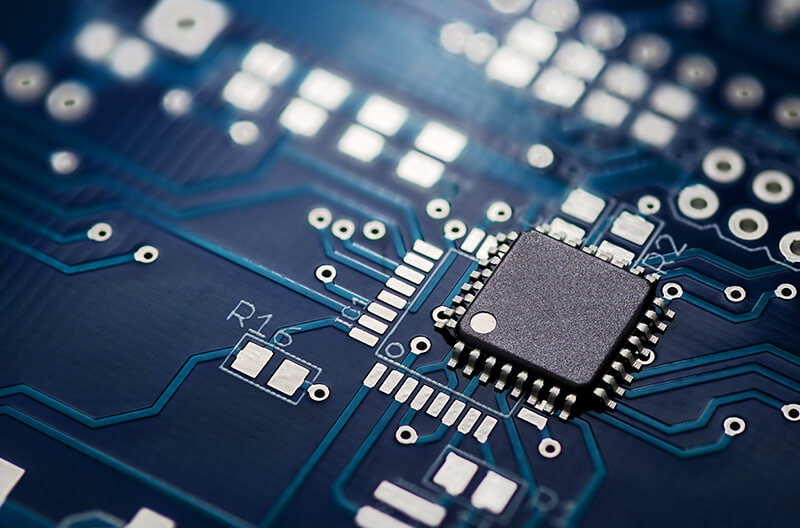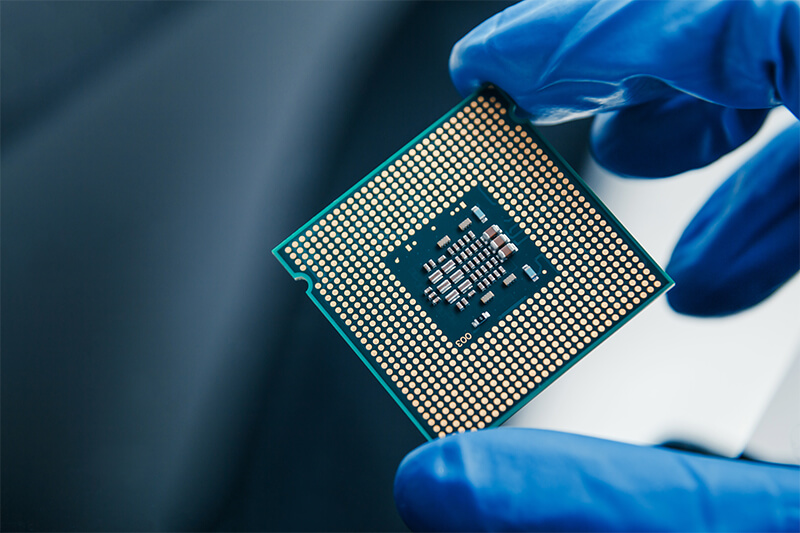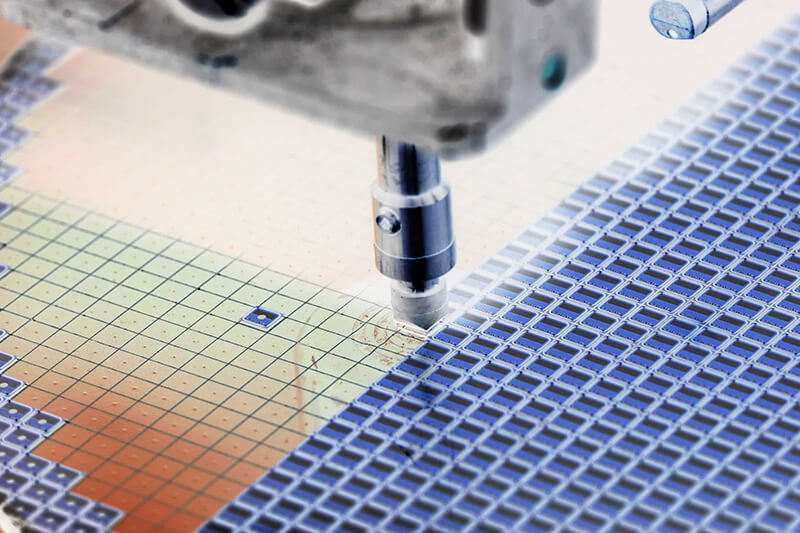
In the last two years we have noticed that cars and computers have seen a rise in prices, but what has caused this constant increase, and so far, with no forecast of a decrease? Cars and computers are becoming more and more complex in the amount of electronic systems that are used, especially in cars, and for these systems to be manufactured a component called a semiconductor is needed. The pandemic paralyzed a good part of the factories that produce this type of component, and are mainly located in China and Taiwan, causing the supply available on the market to decrease, even though initially, the logistics necessary for the transport and storage of these parts to the rest of the world were still in operation.
Making matters worse in production, Taiwan experienced a drought in the year 2021, and as a result, production, which was already slow, became slower, as water is extremely necessary to produce these parts, leading to an increase in the price of cars and computers. These numerous pauses in production have been coupled with a growth in logistical chaos, with the temporary closure of some ports in Asia, and a decrease in the frequency of certain sea routes.
EXPECTATION OF IMPROVEMENT

The expected improvement in production and a drop in prices is only for the second half of 2022 or the beginning of 2023, according to Intel’s CEO, however, IBM’s CEO reports that those who expect the situation to improve still in 2022 are optimistic, meaning that the increase in the price of cars and the increase in the price of computers should continue for the next year. Logistics follows in the same direction, with an improvement expected only in the second half of 2022 with the resumption of some of the routes.
AND NEW FACTORIES?

In cases where demand exceeds supply, it is common to see an increase in competition, with the opening of new factories and services, until the two become balanced again, but this is very difficult to accomplish in the semiconductor market.
The costs of operating a semiconductor factory are extremely high, which drives new players out of the market, and hinders the expansion of new ones. It is estimated that between $5 billion and $10 billion must be invested to build a new factory. Intel has used a budget of $20 billion to open two factories in the state of Arizona, which are not expected to be ready until 2022, which will further justify the increase in the price of cars and the increase in the price of computers for the following years, but once the new factories start operating, it will be possible to see a drop in the price of these items, mainly due to the fact that Intel plans to manufacture chips of different brands in its new factories. AMD is also looking to build factories in Europe, this will help stop the increase in prices for both, as well as decrease the logistical stress of transporting these chips – the two largest manufacturers are located in Taiwan and South Korea, with the creation and use of new, less congested routes.



